Home>Furniture>Outdoor Furniture>How To Use Hammock Tree Straps
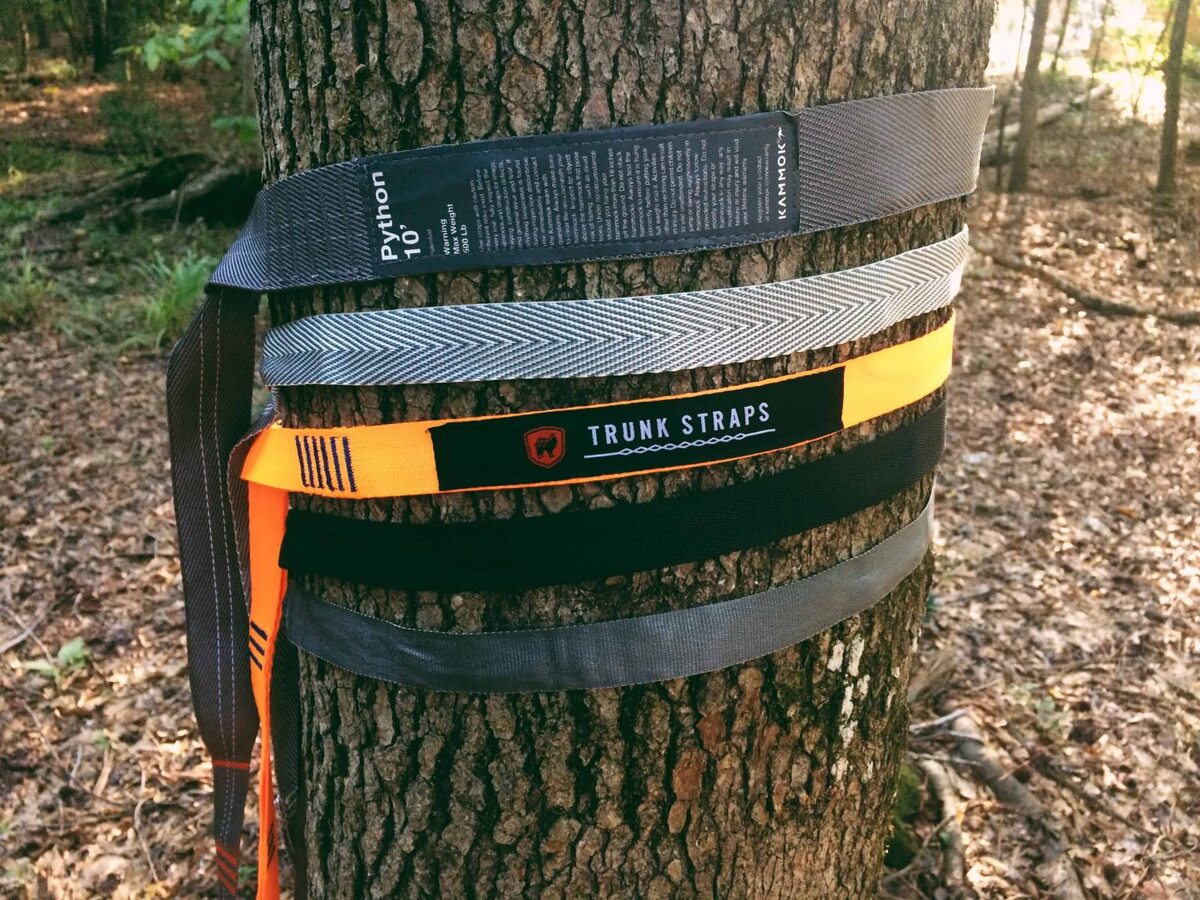

Outdoor Furniture
How To Use Hammock Tree Straps
Modified: April 22, 2024
Learn how to use hammock tree straps for easy and secure outdoor furniture setup. Enhance your outdoor experience with these essential accessories.
(Many of the links in this article redirect to a specific reviewed product. Your purchase of these products through affiliate links helps to generate commission for Storables.com, at no extra cost. Learn more)
Introduction
Welcome to the world of hammocking! If you’re an outdoor enthusiast, you know that there’s nothing quite like lounging in a hammock on a beautiful day, surrounded by nature’s tranquility. A hammock provides the perfect escape from the hustle and bustle of everyday life, allowing you to unwind and relax in comfort.
But what if you don’t have the perfect pair of trees to tie your hammock to? That’s where hammock tree straps come in. These innovative accessories offer a convenient and versatile solution for hanging your hammock just about anywhere. In this article, we’ll explore the benefits of using hammock tree straps, guide you through the process of selecting the right ones, and provide tips on setting up and adjusting your straps for optimal comfort.
So whether you’re planning a camping trip, a beach vacation, or simply want to enjoy some leisure time in your backyard, read on to discover everything you need to know about using hammock tree straps.
Key Takeaways:
- Hammock tree straps offer a convenient, tree-friendly, and versatile solution for hanging your hammock. They provide easy setup, portability, adjustability, and durability, making them a must-have accessory for any hammock enthusiast.
- When using hammock tree straps, remember to inspect the trees, protect them with tree-friendly accessories, and follow proper hanging techniques to ensure the safety of both the trees and your hammock. Practice Leave No Trace principles and enjoy the ultimate relaxation and outdoor enjoyment.
Why Use Hammock Tree Straps
When it comes to hanging a hammock, tree straps offer numerous advantages over traditional ropes or cords. Here are some compelling reasons why you should consider using hammock tree straps:
- Tree-Friendly: One of the key reasons to choose hammock tree straps is their minimal impact on trees. Unlike ropes that can dig into the bark and cause damage, tree straps distribute the weight evenly, reducing strain on the tree and minimizing any potential harm.
- Easy Setup: Hammock tree straps make setting up your hammock a breeze. They come with adjustable loops or hooks that can be wrapped around the tree trunks, eliminating the need for complicated knots and ensuring a secure and stable hang every time.
- Portability: If you enjoy hammocking on the go, hammock tree straps are a lightweight and portable alternative to bulky ropes. They can be easily rolled up and packed into a compact size, making them ideal for camping trips, backpacking adventures, or even picnics in the park.
- Adjustability: Unlike fixed-length ropes, hammock tree straps offer adjustable options. Most straps come with multiple attachment points, allowing you to customize the height and tension of your hammock to suit your preferences. This adjustability ensures a comfortable and relaxing hang every time.
- Durability: Hammock tree straps are typically made from strong and durable materials such as polyester or nylon webbing. These materials are designed to withstand heavy loads and are resistant to wear and tear, ensuring that your hammock hang is stable and long-lasting.
- Versatility: With hammock tree straps, you’re not limited to using them only on trees. They can also be attached to sturdy poles, posts, or even rock formations, expanding your options for finding the perfect hammocking spot.
Overall, hammock tree straps provide a convenient, tree-friendly, and versatile solution for hanging your hammock. They offer easy setup, portability, adjustability, and durability, making them a must-have accessory for any hammock enthusiast.
Selecting the Right Hammock Tree Straps
When it comes to selecting hammock tree straps, there are a few key factors to consider to ensure you choose the right ones for your needs. Here are some helpful tips to keep in mind:
- Length: One of the most important considerations is the length of the hammock tree straps. Look for straps that are long enough to accommodate the distance between the trees or attachment points where you’ll be hanging your hammock. Most hammock tree straps range between 8 to 10 feet in length, providing ample flexibility for various hanging configurations.
- Weight Capacity: Check the weight capacity of the hammock tree straps to ensure they can support your body weight. Most high-quality straps can hold anywhere from 300 to 500 pounds, but it’s always a good idea to double-check the specifications to ensure they can handle your weight and any additional load.
- Material: Consider the type of material used for the hammock tree straps. The most common options are polyester and nylon webbing. Both materials are durable and strong, but polyester is known for its lower stretch capacity, while nylon offers a bit more flexibility. Choose the material that best suits your preferences and needs.
- Attachment System: Look for hammock tree straps that have a reliable and secure attachment system. Adjustable loops, hooks, or carabiners are common attachment options. Ensure that they are easy to use, provide a strong connection, and are compatible with your hammock and suspension system.
- Reviews and Recommendations: Before making a final decision, it’s always a good idea to read reviews and seek recommendations from fellow hammock enthusiasts. Take into account the experiences and feedback of others to ensure you choose a reputable brand and product that will meet your expectations.
By considering these factors, you can confidently select the right hammock tree straps that will provide a secure and reliable hang for your hammock.
Setting Up the Hammock Tree Straps
Setting up hammock tree straps is a straightforward process that doesn’t require any advanced skills. Here’s a step-by-step guide on how to set up your hammock using tree straps:
- Begin by finding two suitable trees or attachment points that are the right distance apart for your hammock. Ensure that the trees are sturdy and capable of supporting your weight.
- Unroll the hammock tree straps and locate the loops or hooks at each end. These loops will be used to attach the straps to the trees or attachment points.
- Wrap one tree strap around the first tree trunk at your desired height. Make sure it is positioned horizontally around the trunk, about chest height or slightly higher.
- Take the end of the strap with the loop and pass it through the loop, creating a secure connection around the tree trunk. Pull the strap tight to ensure a snug fit.
- Repeat the same process with the second tree strap on the other tree, making sure it is at the same height and distance apart as the first strap.
- With both tree straps securely wrapped around the trees, attach the carabiners, hooks, or loops on your hammock to the loops at the end of each strap. Ensure that the hammock is evenly balanced and hanging at the desired height.
- Test the stability of your setup by gently sitting in the hammock and applying a bit of weight. Make any necessary adjustments to the strap tension or attachment points to achieve a comfortable and level hang.
That’s it! Your hammock is now ready to be enjoyed. Take a moment to relax, unwind, and soak in the beauty of nature in the comfort of your hammock.
When setting up hammock tree straps, make sure to wrap them around the tree at least 5 feet from the ground to prevent damage to the tree and ensure a secure hang.
Adjusting the Straps for Comfort
Once your hammock is set up using tree straps, you may find the need to make some adjustments to ensure optimal comfort. Here are some tips for adjusting the straps to enhance your hammocking experience:
- Height: If your hammock feels too low or too high, you can easily adjust the height by repositioning the attachment points on the tree straps. Moving the attachment points higher on the straps will raise the hammock, while moving them lower will lower the hammock closer to the ground. Experiment with different heights until you find the most comfortable position for relaxation.
- Tension: Adjusting the tension of the straps can significantly impact the comfort of your hammock. If the straps are too loose, you may experience a sagging sensation. Tightening the straps will provide a tauter and more supportive surface. However, be careful not to over-tighten, as it can result in discomfort and unnecessary strain on the hammock and straps.
- Angle: The angle at which your hammock hangs can affect your comfort and stability. Find the right balance between a slight diagonal hang and a flatter hang. A slight diagonal position allows for a more comfortable recline and minimizes the cocooning effect often associated with hammocks.
- Equal Length: Ensure that both tree straps are adjusted to the same length to maintain balance and stability. Uneven strap lengths can cause the hammock to tilt or feel lopsided, resulting in an uncomfortable hang.
- Padding: To enhance comfort, you can add padding to the straps where they make contact with your body. This can be achieved by wrapping a towel or foam around the straps or using specially designed hammock strap sleeves. This extra padding helps prevent any discomfort or pressure points that may occur during extended hammock sessions.
Remember, adjusting the straps is a personal preference, and it may take a bit of trial and error to find the perfect setup for your comfort. Take some time to experiment and make adjustments until you achieve an optimal hang that lets you fully relax and enjoy your hammocking experience.
Read more: How To Tie A Hammock To A Tree
Tips for Using Hammock Tree Straps
Using hammock tree straps is a simple and convenient way to hang your hammock, but here are some tips to enhance your experience and ensure the best possible setup:
- Inspect the Trees: Before attaching your straps, inspect the trees for any signs of damage or weakness. Look out for dead branches, rot, or insect infestations. It’s crucial to choose healthy and sturdy trees to ensure a safe and secure hang.
- Choose the Right Distance: Ensure that the distance between the trees is appropriate for your hammock and its suspension system. It should provide enough space for a comfortable hang without the risk of your hammock touching the ground or nearby obstacles.
- Protect the Straps and Trees: Consider using tree-friendly accessories such as tree protectors or bark wraps. These protective layers help prevent any damage to the tree bark caused by the friction of the straps and ensure the longevity of both the trees and the straps.
- Beware of Weight Limits: Check the weight limit of your hammock and the straps to ensure they can safely support your body weight. Avoid exceeding the recommended weight capacity to prevent any accidents or damage to your equipment.
- Practice Leave No Trace: When hanging your hammock with tree straps in natural settings, follow the principles of Leave No Trace. Avoid damaging vegetation, prevent soil erosion, and be mindful of your impact on the environment. Leave the area as you found it, respecting nature’s beauty.
- Regularly Inspect the Straps: Before each use, inspect your hammock tree straps for any signs of wear and tear, such as frayed edges or weakened stitching. Replace any damaged straps to ensure your safety and the longevity of your equipment.
- Understand Weather Conditions: Be aware of the weather conditions when hanging your hammock. Avoid setting up your hammock tree straps during heavy rain, strong winds, or storms, as these can compromise the safety and stability of your setup.
- Practice Proper Weight Distribution: To avoid excessive stress on one side of the straps, distribute your weight evenly in the hammock. Sit or lie centrally, adjusting your position as needed to maintain balance and prevent unnecessary strain on the straps.
- Enjoy Responsibly: Hammocking is meant to be a relaxing and enjoyable experience. Take the time to disconnect from technology, immerse yourself in nature, and appreciate the peace and serenity that comes with hammocking.
By following these tips, you can maximize your comfort, protect the environment, and ensure a safe and enjoyable hammocking experience with your tree straps.
Frequently Asked Questions
Here are some common questions that people have about using hammock tree straps:
- Can I use hammock tree straps with any type of hammock?
- Do I need any additional hardware to use hammock tree straps?
- How do I clean and maintain my hammock tree straps?
- Can I leave my hammock tree straps outdoors?
- Can hammock tree straps damage trees?
- Are hammock tree straps reusable?
Yes, hammock tree straps are compatible with most types of hammocks, including traditional rope hammocks, camping hammocks, and hammock chairs. Just ensure that the attachment points on your hammock are compatible with the loops, hooks, or carabiners on the straps.
No, hammock tree straps typically come with all the necessary hardware, such as loops, hooks, or carabiners, for easy setup. However, depending on the design of your hammock, you might need additional suspension hardware like carabiners or S-hooks.
To clean hammock tree straps, simply wipe them down with a damp cloth or sponge. Avoid using harsh chemicals or abrasive cleaners, as they can damage the straps’ material. Allow the straps to air dry before storing them in a dry and clean place to prevent mildew or mold growth.
While hammock tree straps are designed to withstand outdoor use, it’s best to store them indoors when not in use. Prolonged exposure to harsh weather conditions like UV rays, rain, and extreme temperatures can degrade the straps over time.
When used properly, hammock tree straps have minimal impact on trees. They distribute the weight evenly and reduce the risk of bark damage compared to using ropes or cords. However, it’s always a good practice to use tree protectors or bark wraps to provide an extra layer of protection for the trees.
Yes, hammock tree straps are reusable and built to last. With proper care and maintenance, they can withstand multiple uses and provide many years of reliable service.
If you have any other questions or concerns about hammock tree straps, it’s always recommended to consult the manufacturer’s instructions or reach out to customer support for further assistance.
Conclusion
Hammock tree straps are a game-changer when it comes to hanging your hammock. They offer a convenient, tree-friendly, and versatile solution that allows you to enjoy the relaxation of hammocking anywhere you go. By distributing the weight evenly and providing adjustability, hammock tree straps ensure a safe and comfortable hang.
In this article, we explored the benefits of using hammock tree straps, discussed how to select the right ones for your needs, and provided tips on setting them up and adjusting them for optimal comfort. We also addressed common questions about using hammock tree straps.
Remember to always inspect the trees, protect them with tree-friendly accessories, and follow proper hanging techniques to ensure the safety of both the trees and your hammock. Practice Leave No Trace principles and be mindful of your impact on the environment.
So whether you’re planning a camping trip, heading to the beach, or simply want to enjoy some leisure time in your backyard, hammock tree straps are your ticket to ultimate relaxation and outdoor enjoyment.
So go ahead, hang your hammock with ease, and immerse yourself in the blissful experience of hammocking with the help of hammock tree straps. Happy hanging!
Frequently Asked Questions about How To Use Hammock Tree Straps
Was this page helpful?
At Storables.com, we guarantee accurate and reliable information. Our content, validated by Expert Board Contributors, is crafted following stringent Editorial Policies. We're committed to providing you with well-researched, expert-backed insights for all your informational needs.
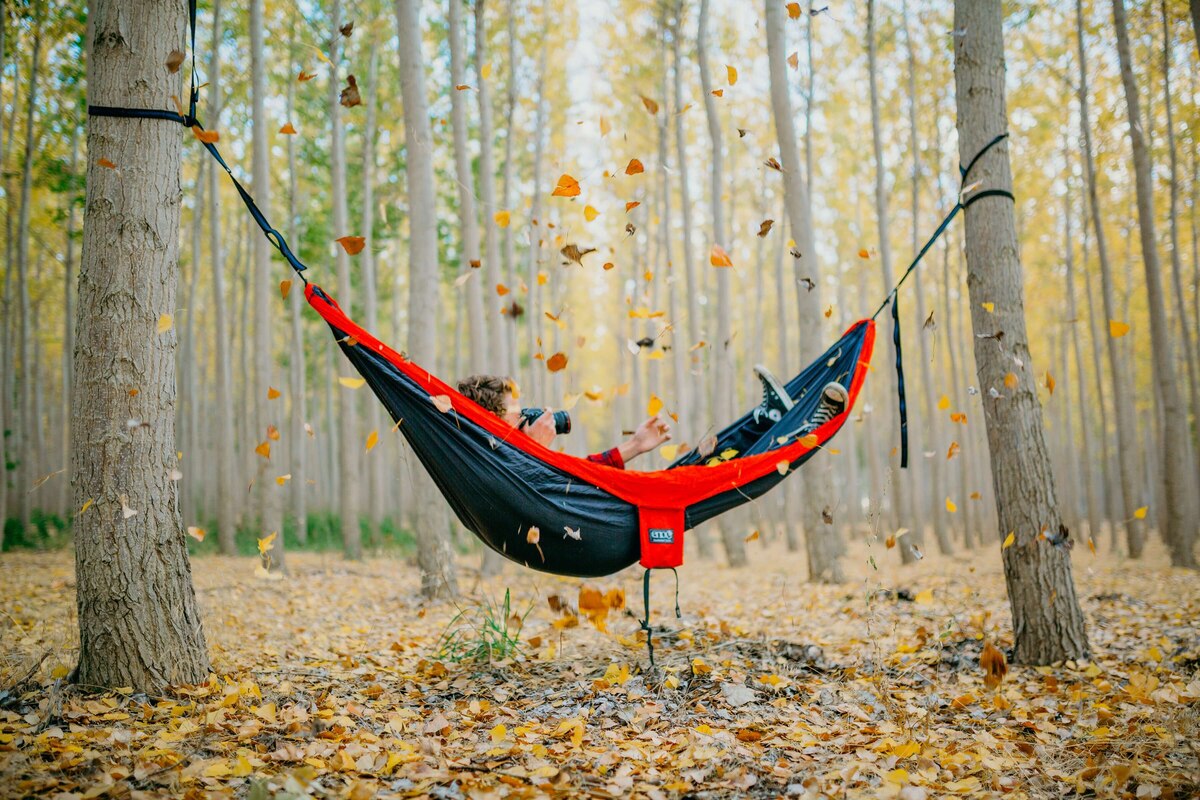
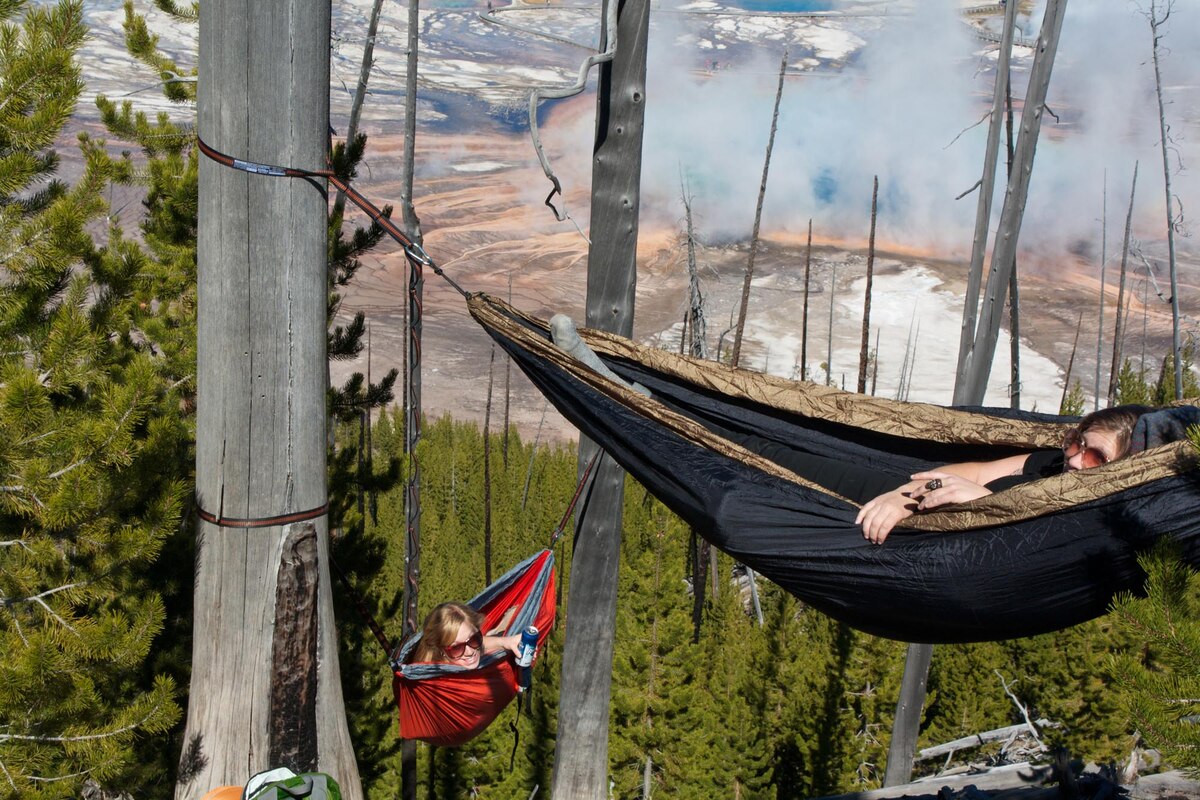
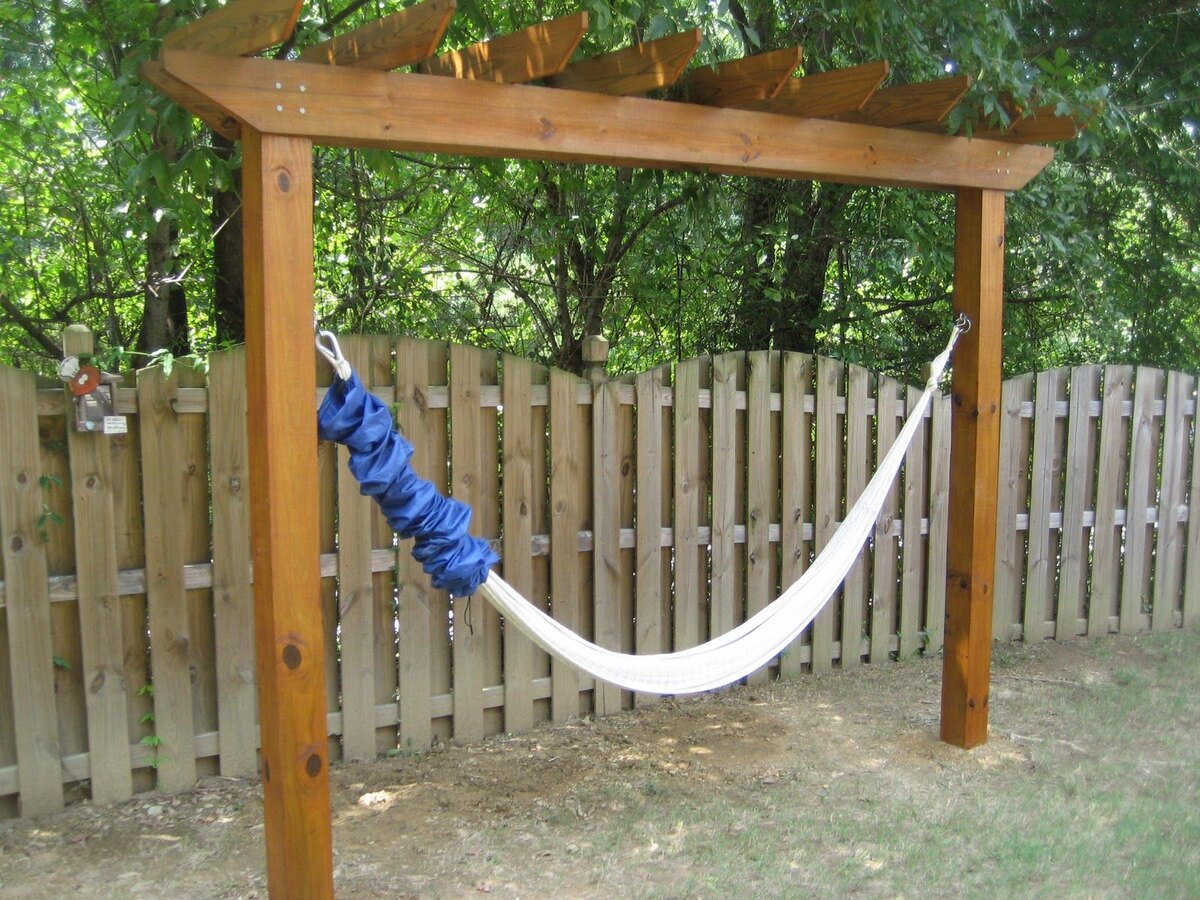
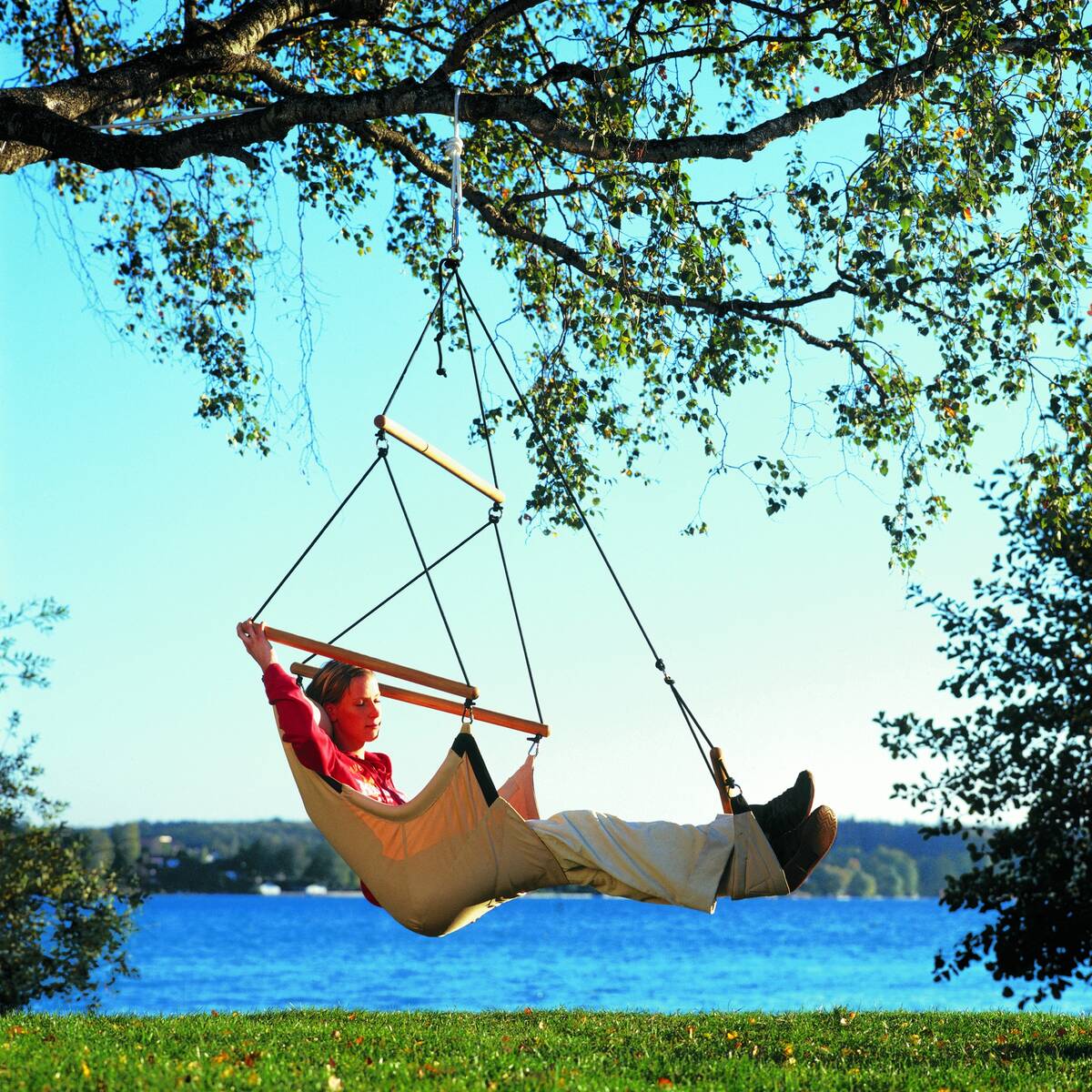
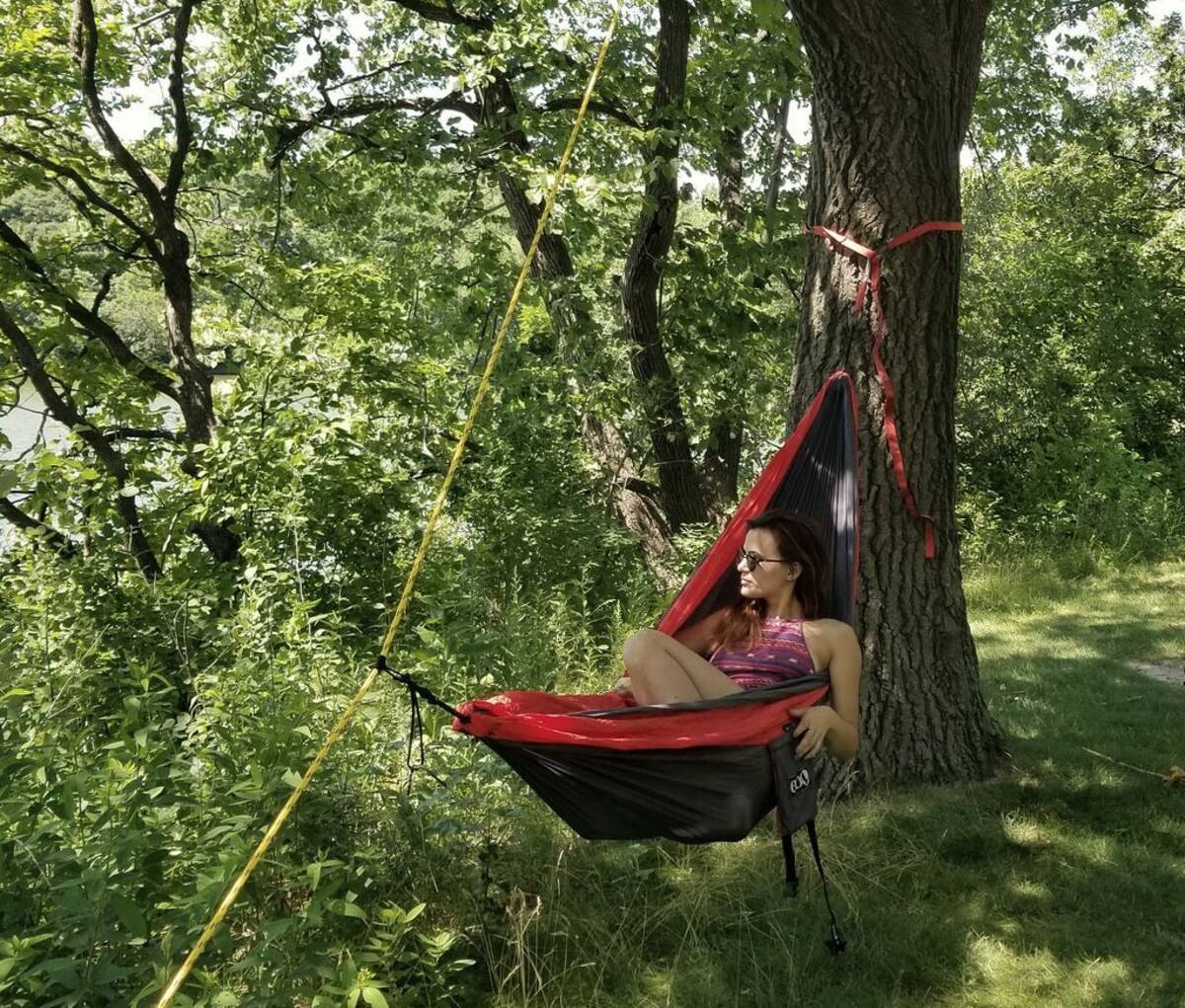


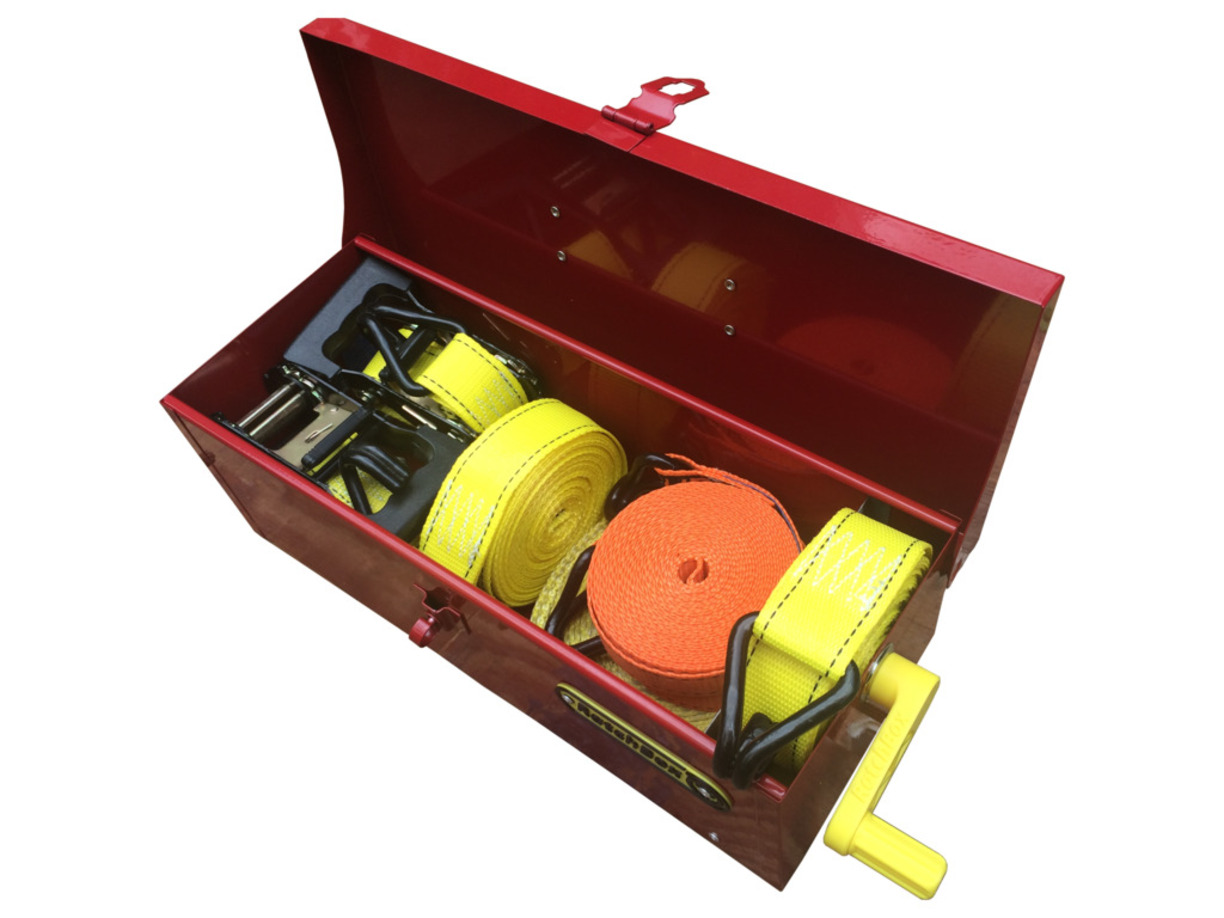

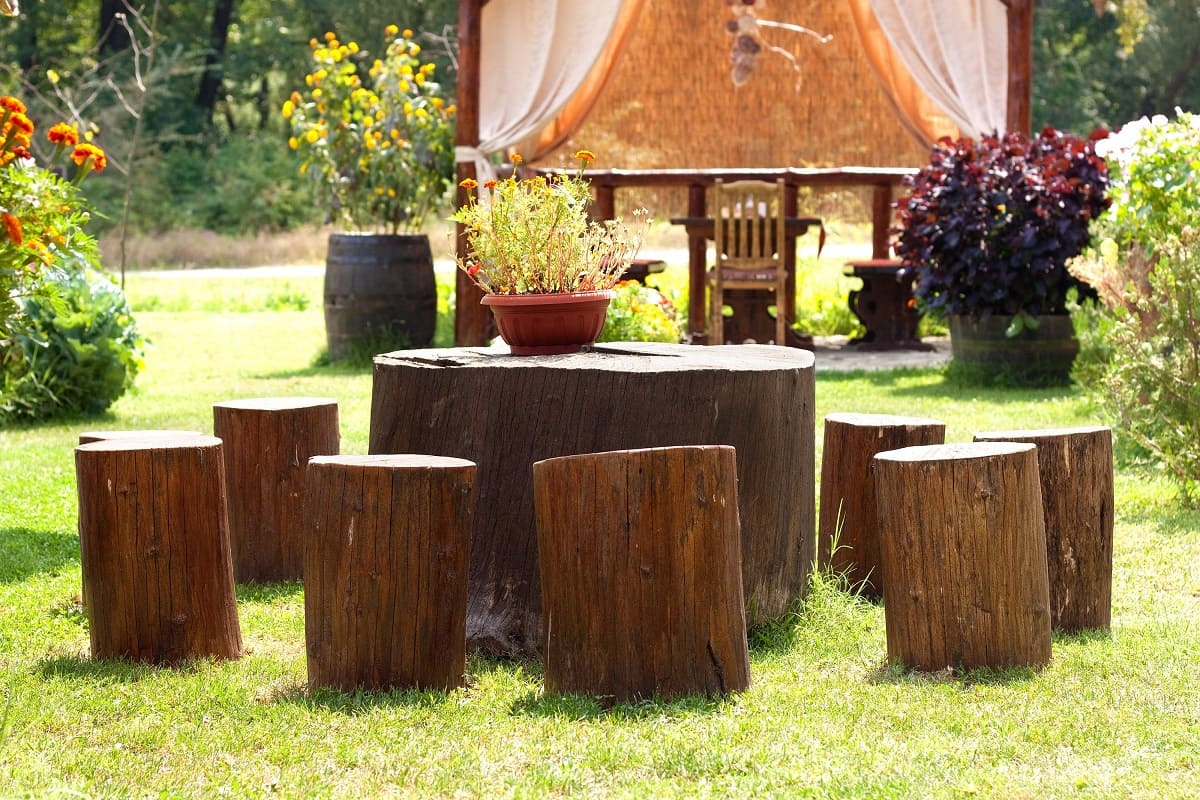
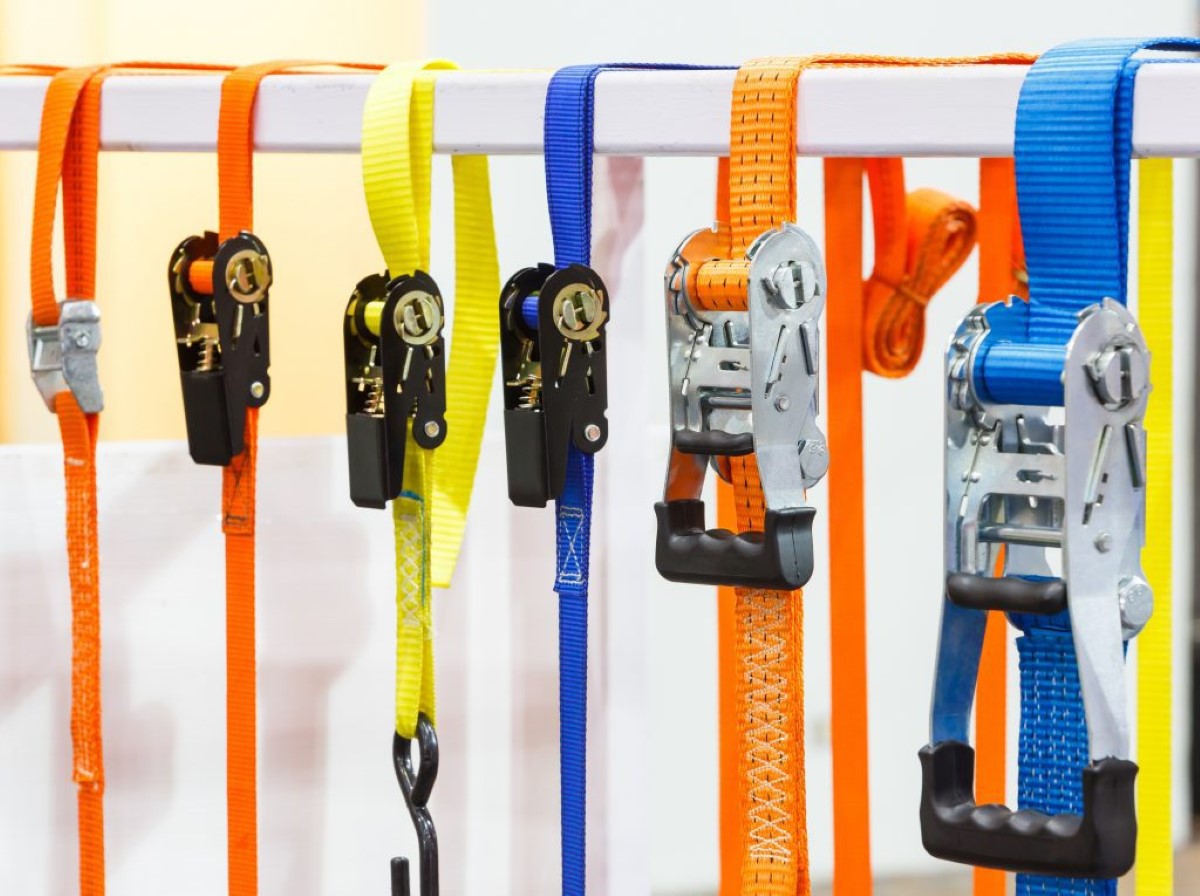

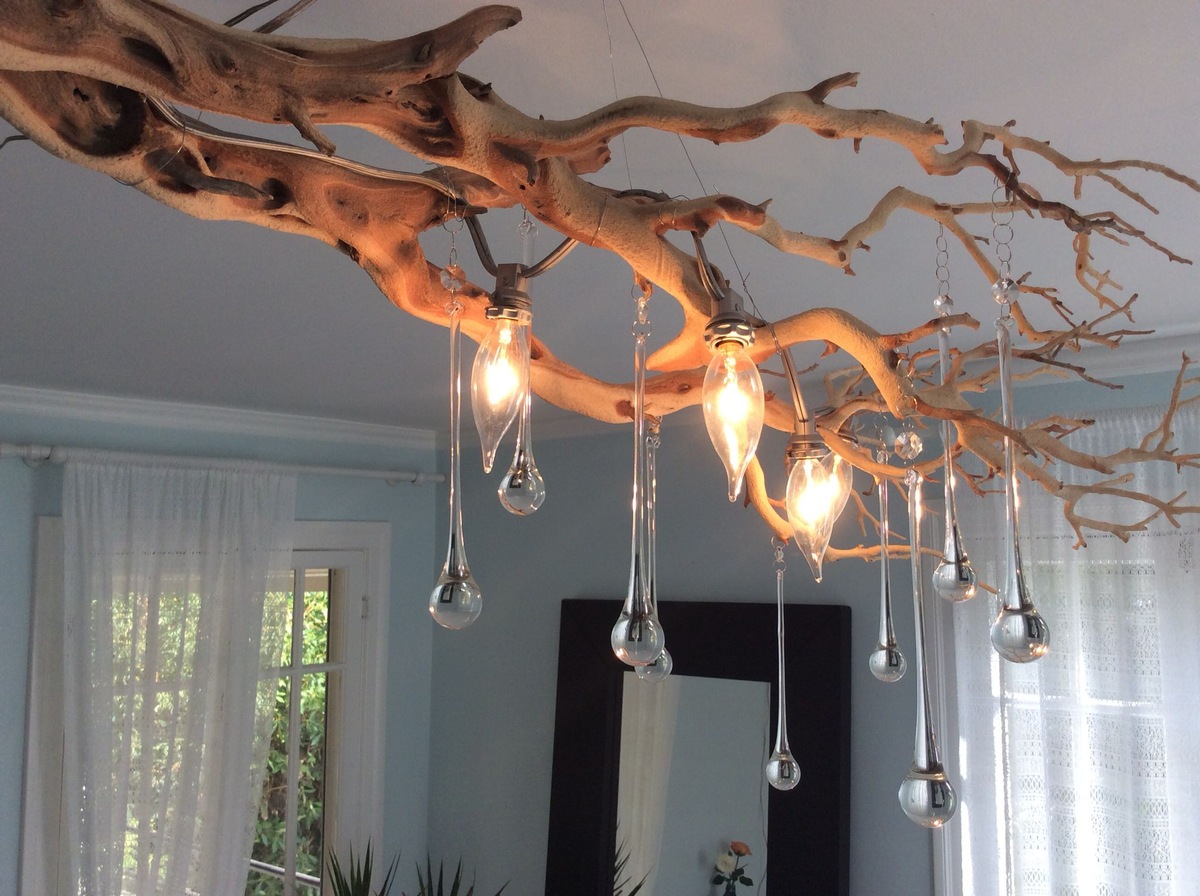
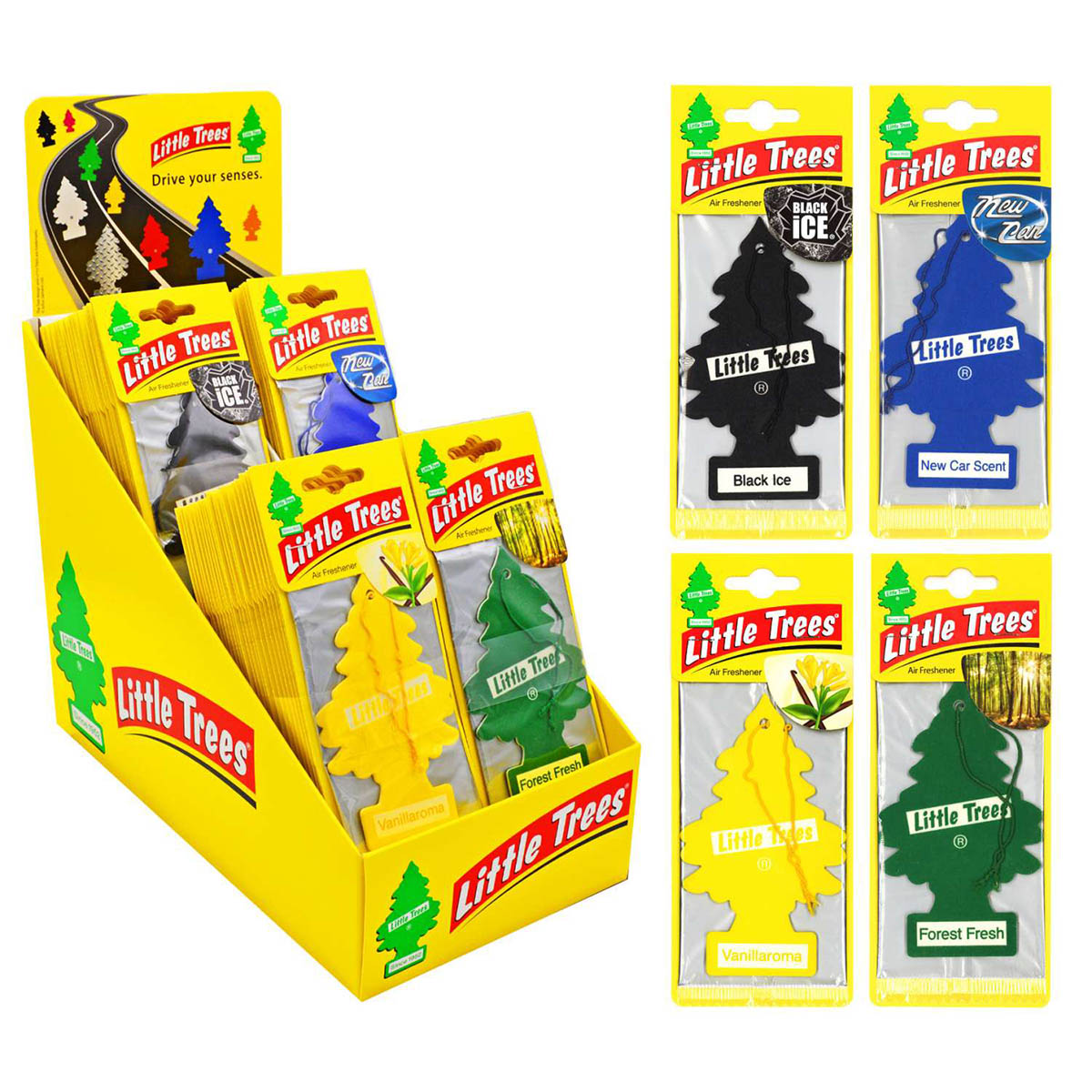

0 thoughts on “How To Use Hammock Tree Straps”